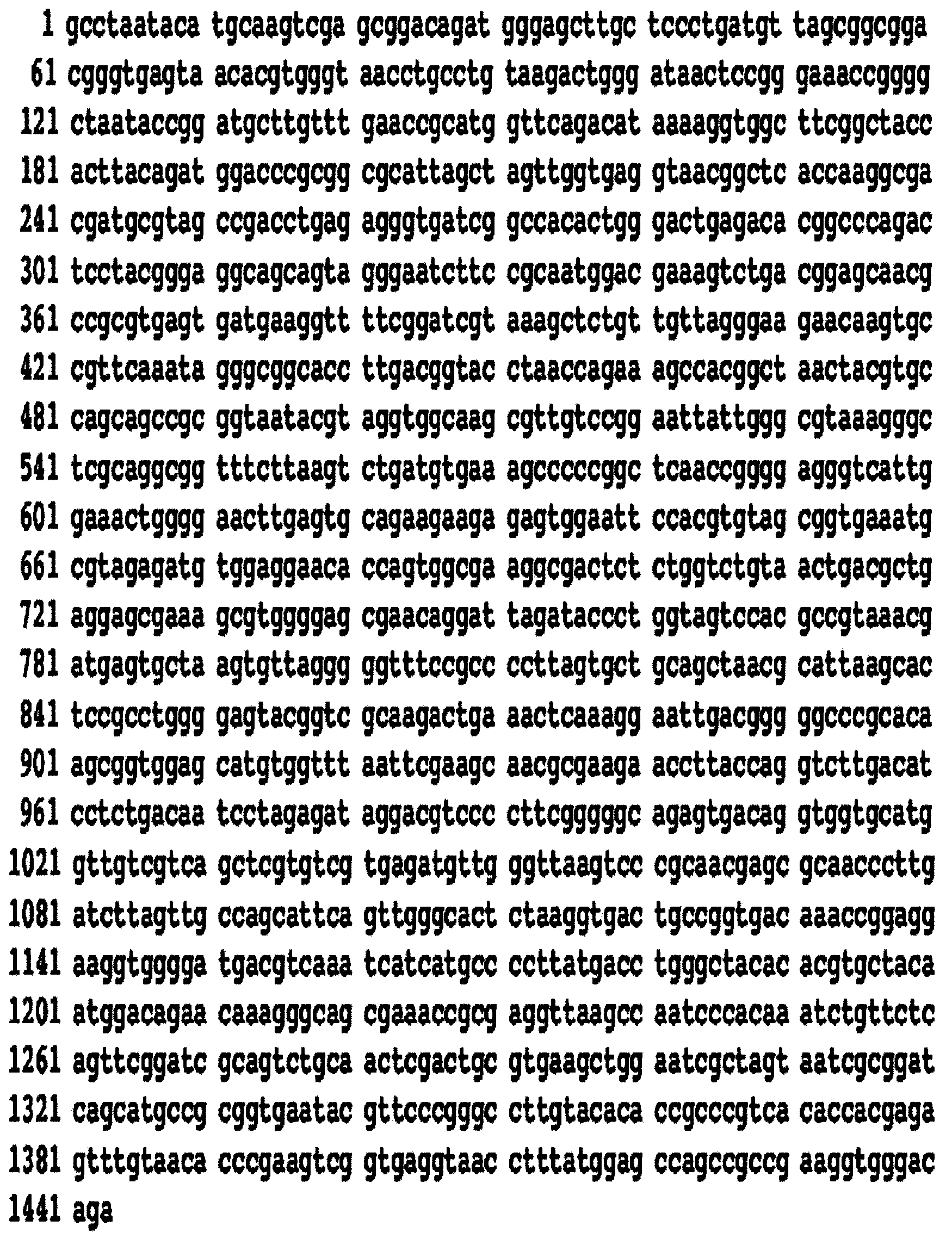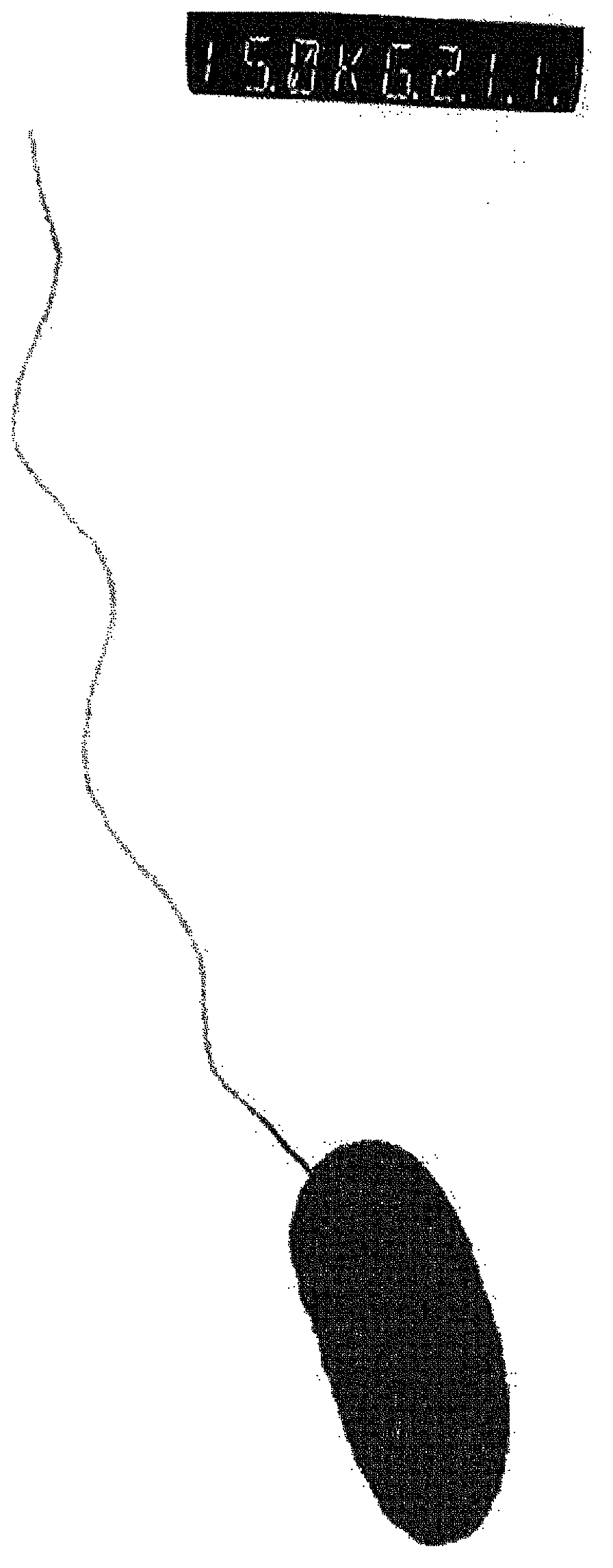Novel strain of Bacillus subtilis, and use thereof for preventing root rot disease in plants
A technology of Bacillus subtilis and root rot pathogen, which is applied in the field of new Bacillus subtilis strains and its application to the prevention and treatment of plant root rot, can solve the problems of low pesticide control value, polluting raw material ginseng, polluting water quality and soil, etc. Achieve the effect of reducing operating costs, improving national competitiveness, and reducing environmental pollution
- Summary
- Abstract
- Description
- Claims
- Application Information
AI Technical Summary
Problems solved by technology
Method used
Image
Examples
Embodiment 1
[0055] Example 1: Screening for antagonistic microorganisms
[0056] In order to search for antagonistic microorganisms that inhibit the growth of pathogenic bacteria of ginseng root rot, the present inventors screened microorganisms from soil samples in Eumseong, South Chungcheong Province. The microorganisms can grow in substances containing the inhibitory activity produced by the pathogenic bacteria of root rot, and then the antagonistic microorganisms are screened out from the above microorganisms. The search for antagonistic microorganisms that inhibit the growth of pathogenic bacteria of ginseng root rot is carried out according to the following method. The soil samples were diluted with distilled water in different gradients, and then the substance with hindering activity produced by the pathogenic bacteria of root rot was smeared on the isolation medium, so as to screen and isolate candidate strains.
[0057] The microbial isolation medium used by the inventors (yeast...
Embodiment 2
[0059] Example 2: Identification of the antagonistic microorganisms explored
[0060] figure 2 The sequence (SEQ ID NO.1) of the gene (rDNA) encoding the 16SrRNA of the antagonistic microorganism strain screened in the above-mentioned Example 1 is shown. Compared with the known rDNA sequences of Bacillus subtilis AB017589 and AB017590, the rDNA sequence of Bacillus subtilis screened in the above Example 1 described as SEQ No. 1 has 99% similarity to the known Bacillus subtilis strain AB017589 , while 99% identical to another known Bacillus subtilis strain, AB107590.
[0061] The morphology of the Bacillus subtilis strains screened in the above-mentioned Example 1 was confirmed with an optical microscope, and then reconfirmed with an electron microscope at a magnification of 8800 times, and the average size of the strains was 0.6-0.7×1.5-1.6 About μm, slightly smaller than the general Bacillus subtilis with a size of 1.2-2.5μm, it has a flagella, and its length is about 7.5μ...
Embodiment 3
[0063] Embodiment 3: the culture condition of Bacillus subtilis B-5604
[0064] Antagonist microorganisms with activity of inhibiting ginseng root rot, that is, Bacillus subtilis B-5604, can be grown in LB medium (1% casein peptone, 0.5% yeast extract, 0.5% salt, after autoclaving) at 28°C , after 24 hours of shaking culture, the obtained culture solution was mixed with 20% glycerol at a ratio of 1:1, and 2ml was added to a cryogenic bottle, which was stored frozen at -70°C and used for the production and cultivation of active substances.
[0065] In order to produce an active substance that has inhibitory activity against ginseng root rot from active microorganisms, a cryogenic flask of frozen Bacillus subtilis B-5604 was dissolved and inoculated into 100 ml of active substance production medium (soluble starch 1%, Palmamed 0.5%, glucose 0.2%, ammonium sulfate 0.1%, potassium phosphate 0.1%, magnesium sulfate heptahydrate 0.05%, calcium chloride 0.1%, sodium chloride 0.3%...
PUM
| Property | Measurement | Unit |
|---|---|---|
| Length | aaaaa | aaaaa |
Abstract
Description
Claims
Application Information
 Login to View More
Login to View More - R&D
- Intellectual Property
- Life Sciences
- Materials
- Tech Scout
- Unparalleled Data Quality
- Higher Quality Content
- 60% Fewer Hallucinations
Browse by: Latest US Patents, China's latest patents, Technical Efficacy Thesaurus, Application Domain, Technology Topic, Popular Technical Reports.
© 2025 PatSnap. All rights reserved.Legal|Privacy policy|Modern Slavery Act Transparency Statement|Sitemap|About US| Contact US: help@patsnap.com



